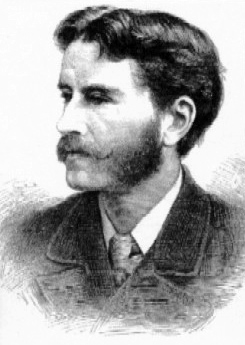
English Painter, Draftsman and Illustrator
1853 - 1928

FRANK DICKSEE was a member of a noted artistic family, his father, brother, and sister Margaret were all well-known painters, and the family lived in the Bloomsbury area of London. He was initially trained by his father, before entering the Royal Academy Schools in 1870. Among the visiting lecturers who trained him, were the famous senior academicians Leighton (1830-1896) and Millais (1829-1896). Dicksee was a star student, earning many distinctions and medals. Like many other artists of the day his early career was largely spent in book illustration, as well as some stained glass window design. He started exhibiting at the RA in the mid 1870's, and also exhibited at the Grosvenor Gallery, though his real base was always the Academy. Dicksee made his reputation with Harmony, exhibited at the Academy in 1877, and bought by the Chantry Bequest.

The medieval setting and costumes in this picture reflect Dicksee's interest in the Pre-Raphaelites. His design for this picture originated in a sketching exercise at the Langham Sketching Club. The theme chosen for illustration by members of the club had been 'Music'.
Music had been traditionally associated with the divine, but in the late nineteenth century aesthetes such as the writer Walter Pater focused on its abstract qualities. Immortal ideas are perhaps alluded to in the figure of the girl, who adopts the rapt expression seen in images of Saint Cecilia, patron saint of music.
Frank Dicksee was elected ARA in 1881, and became a full RA ten years later. Many of his pictures were of dramatic historical and legendary scenes. He also was a noted painter of elegant, highly-finished portraits of fashionable women, which of course helped to bring him material success. Many of these portraits are so beautiful, it is really difficult to disapprove of them - happy was the fashionable lady whose portrait was painted by Dicksee! He also painted landscapes. Dicksee lived in St John's Wood, and remained a bachelor. He was, of course, one of the nineteenth century artists who outlived his time, and was, to his credit, very unhappy with developments in the early twentieth century. Rather surprisingly, Dicksee was elected President of the Royal Academy in 1924, fulfilling the role with panache and tact. Physically he was a tall, good-looking, patrician figure, with a charming easy-going manner. Like his predecessor but one Edward Poynter (1836-1919), the traditional orientation of his art gradually isolated him from the artistic mainstream of the day. Dicksee was knighted in 1925 and died in 1928.
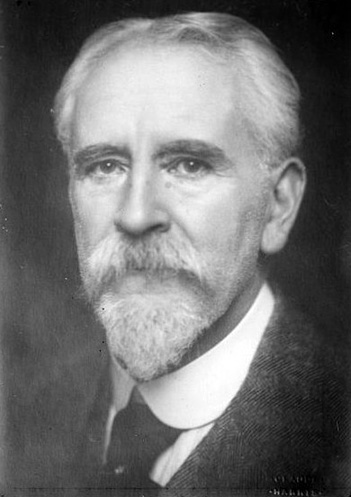
Sir Frank Dicksee PRA, whose death is announced on another page, came of an artistic family - his father being Thomas Francis Dicksee (1819-1895), who illustrated Shakespeare and Sir Walter Scott (1771-1832), and his Uncle John Robert Dicksee (1817-1905), animal painter. His professional career was thus made smooth for him in a way which was reflected in his work.
Born in London on November 27 1853, he was trained at the Royal Academy Schools, where he won gold and silver medals, and exhibited his first picture in 1876. Coming to maturity at a time when the very word 'art' was synonymous with romantic and sentimental illustration, and the thing so understood more popular than ever before or since, he was by nature and temperament born to enjoy the popularity; and he enjoyed it without a trace of affectation or the least violation of his artistic conscience. If ever the words 'born in due season,' were true of any man they were true of him. He succeeded not because he did what people wanted, but because people wanted what he unconsciously did; and how genuine was the relation between what people demanded and what he and his contemporaries, though none more sympathetically than he supplied, there is Melbury Road to show.
We may question if the thing demanded and supplied was the best thing for the welfare of English art, but the evidence - material in the prosperity of artists of the period, and the moral in the conversation of the drawing rooms, faithfully recorded in the pages of Punch of a 'natural' working of the famous law, is not to be ignored. For the first time since the 18th century, and for about 20 years art flourished in England. In personal manner Dicksee may be said to have represented a softening of the Pre-Raphaelite Movement which initiated the period of prosperity, and there can no doubt he owed his popularity partly to the softening. He was without the queerness of the original group and their eldest disciples, a more comfortable painter for the home. In execution he made an artistic virtue of prettiness.
Dicksee was, in short, the chief representative of the older kind of academic artist, whose aim was to express certain common sentiments in a convincing pictorial form. He early achieved success with the picture Harmony, which was bought for the Tate Gallery. In that picture we can see all his art, which remained the same to the end, and he had a work of the same character in the Academy of 1921, it was skillfully and thoroughly executed, and its aim was to arouse a certain kind of feeling, which no doubt he himself shared, rather than express any interest in the visible world. This he achieved very skillfully by the use of certain symbols. A young woman plays an organ with extreme sensibility in a sunset light, and a young man with still more sensibility listens to her. All these things which are symbols to conjure with are painted solidly but prosaically; the poetry is in the subject, not the execution. And that is why this kind of art looks old-fashioned now; for only poetry in execution keeps art fresh.
But Dicksee having found his way continued in it; he was not, like so many artists of the same kind, content to presume on the success, and to paint carelessly where once he had painted carefully. He always did his best to the end; and thus he was able once or twice to do skilful nudes, such as Girls Bathing, which because of its skill, and without sentiment, is less old-fashioned than his more popular pictures. He was a most conscientious portrait painter. In later years he became less popular than worse painters who parodied a more fashionable kind of art, who deserve sharp criticism and much more, for the kind of art he practices he did at least need skill and could not pretend that mere incompetence was dashing.
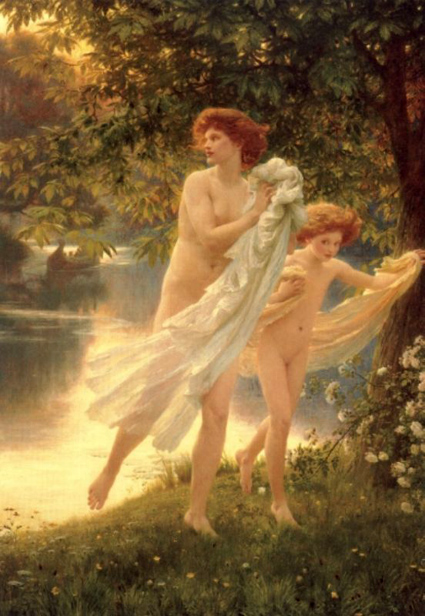
Similar in feeling and character to Harmony, though none of them so completely unified in expression were Romeo and Juliet, and The Passing of Arthur, The Redemption of Tannhauser, The Symbol, The Love Story, and The Funeral of a Viking. A comparatively recent work The Light Incarnate, representing the Madonna and child exhibited in the Academy of 1922 was reproduced in colors, and there can be no doubt that it gave to hundreds of people a sincerely religious emotion.
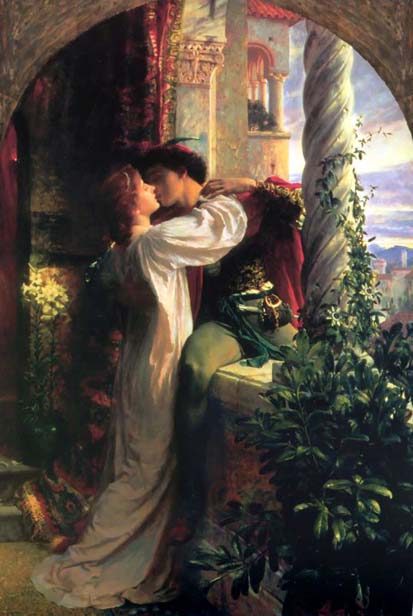
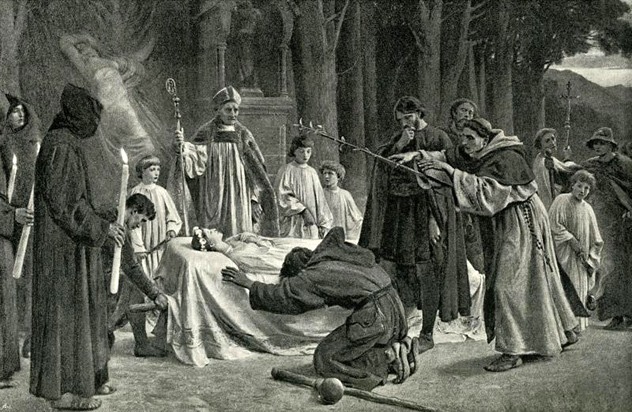
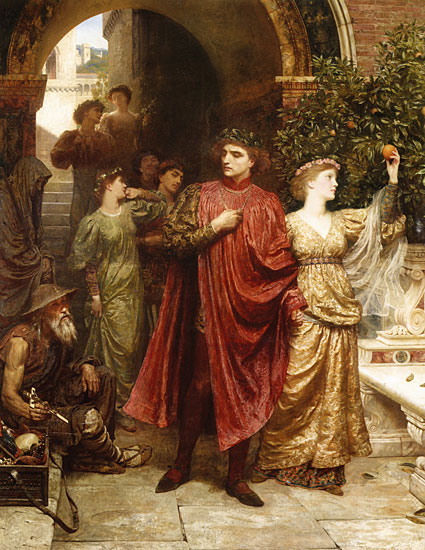
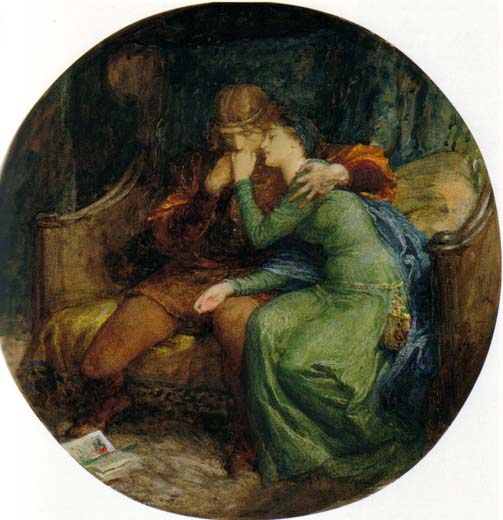
The following notes are taken from the Leverhulme Collection Sale catalogue: "The story of Paolo and Francesca comes from canto V of Dante's Inferno. Dicksee's watercolor shows the lovers, who were brother and sister-in-law, embracing. When their adulterous affair was discovered they were murdered by Sigismondo Malatesta - Francesca's husband and Paolo's brother. Their fate was to drift for ever through the fires of hell locked in each other's arms. This was a subject which a number of English painters treated during this period including Rossetti's Paolo and Francesca da Rimini (Tate Gallery), 1855 in watercolor as a tryptich; George Frederic Watt's epic canvas Paolo and Francesca (Watts Gallery, Compton), of c.1872-84 which shows the scene of tragic denouement.
The pencil sketches on the back of this watercolor makes it apparent that this watercolor was the precedent for the later exhibited oil of the same subject, exhibited at the Royal Academy in 1895. Dicksee's delight in the final watercolor composition, treated as a tondo, persuaded him to produce the later oil version with the composition being displayed but in reversed mirror image
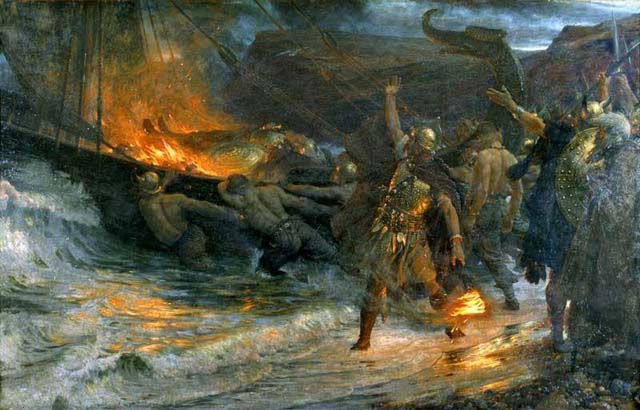
In landscape Dicksee's work, though generally less appreciated must not be forgotten; in tenderness of feeling it recalled the work of the late Mr. Lionel Smythe RA (1840-1918). In the Academy of 1925 there was a very good example of Dicksee's work in figure and landscape combined entitled Daughters of Eve, representing a woman and a little girl under the boughs of an apple tree. Granting the gentleness of the theme and sentiment, it could hardly have been bettered, being perfectly consistent throughout; and in the same year the portraits of Kathleen Bowne, the daughter of Mrs. Carpenter Gelshenett, and Mrs. F.M. Hartung, the artist showed that he had not lost his power of graceful compliment to both youth and maturity, while in Italian Coast from La Mortola, he produced an altogether charming little landscape. Of late years he painted chiefly portraits of women; A Woman in White, in the Academy this year was especially notable.
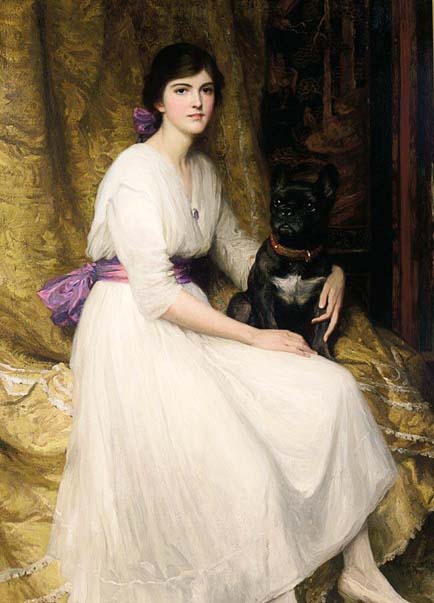
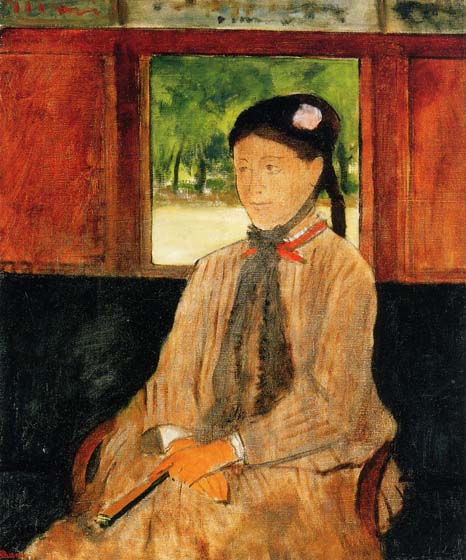
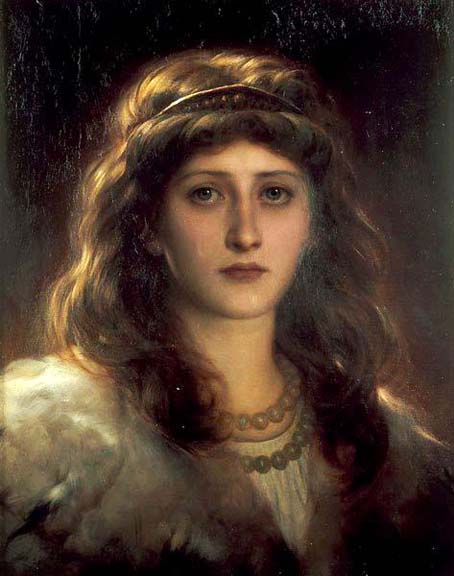

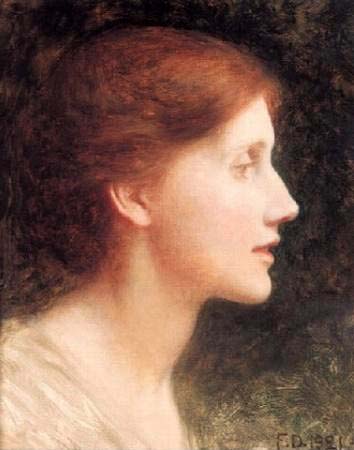

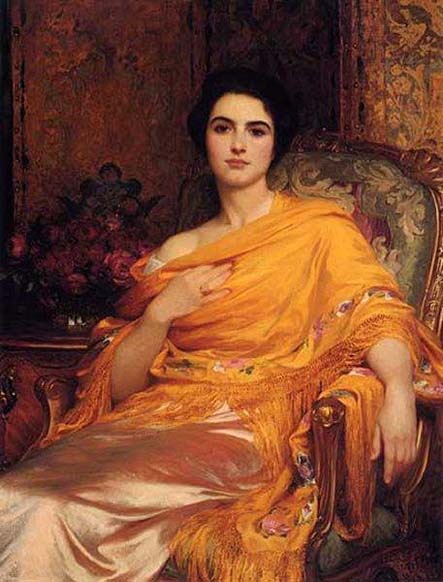
Dicksee was elected ARA in 1881, and RA ten years later, and in December 1924, he succeeded Sir Aston Webb (1849-1930), who retired under the new age limit, as President, receiving the honor of a knighthood at the New Year, and being created KCVO in 1927. He was himself due to retire under the age limit in November. Obviously a stronger artist might have been elected, but taking into consideration all the requirements of the office - personality, manners, tact, general culture, and popularity as a man - there was no doubt that the choice was a wise one, and many of those who roundly condemned his art warmly approved it.
After his election as President Dicksee in various speeches denounced certain morbid and unwholesome tendencies in modern art, which he attributed partly to a reaction against mere prettiness, partly to the heresy that hard work was not needed for the production of anything of permanent value. Less than a month ago, in opening the Guildford Exhibition, he deplored what he called the cult of ugliness, and said that art should be retained on sound and wholesome lines in two ways, by knowledge and by the exercise of the feeling of sincerity. The determined stand for what he saw as sanity in art was made the keynote of the occasion when in 1926, he was nominated by the new Chancellor of Oxford University, the late Lord Cave, for the honorary degree of DCL.
At all the Academy banquets over which he presided Dicksee was most successful in maintaining the tradition of urbane and polished oratory. At the first banquet after his election he showed, in his references to the late Mr. John Sargent RA (1856-1925), the breadth of sympathy which is far more important in any holder of his office than either depth of imagination or force of execution. To say that in person he summed up the artist heroes of 100 novels is to disparage neither his looks nor the craving indicated. It is a tribute to the elevating power of art itself that simple minds should demand the ideal artist. Dicksee has been spoken of as almost a 'double,' of George du Maurier (1834-1896), and in that writer's Trilby there is a curious instance following a well-known psychological tendency of the unconscious demand in a mind above the average. If memory can be trusted Dicksee himself does not appear in Trilby among the originals including Whistler (1834-1903) and Poynter (1836-1919), from whom the characters were drawn; but somebody like him, that is to say like du Maurier himself, is felt to be the typical artist the Platonic original from whom all the characters depart by idiosyncrasy.
There is a real duality running right through this obituary. The writer compliments Dicksee, but bemoans the obsolete nature of his art. The main points which I feel emerge I set out below.
Dicksee did not deteriorate with age, lucky man. His death was sudden, and he remained vital and energetic to the end of his life.
The comment about Melbury Road refers to Dicksee's large house in that prosperous area much favored by successful artists in the late 19th century.
Until the late 1890's Dicksee was an artist perfectly in tune with his times. In paragraph three the obituarist starts to express reservations about the old-fashioned nature of Dicksee's art. In the world of Sickert (1860-1942) and Augustus John (1878-1961), old fashioned it certainly was. It may be worth asking if any of the more modern artists produced anything showing the skill, and approaching the beauty, of Dicksee's pictures. The writer is, however, forced to admit that the painter continued to work totally conscientiously.
Dicksee succeeded Sir Aston Webb as PRA, who had retired due to the new maximum age limit, which was doubtlessly brought into effect to prevent a repetition of the prolonged term served by the wonderfully obstinate Poynter. The obituary writer feels that a stronger artist could obviously have been appointed, but justifies Dicksee's term as PRA by saying it was socially successful. As to whom the 'stronger artist,' may have been, he does not enlighten us. Perhaps Dicksee was a great President of the Royal Academy?
Source: Victorian Art in Britain
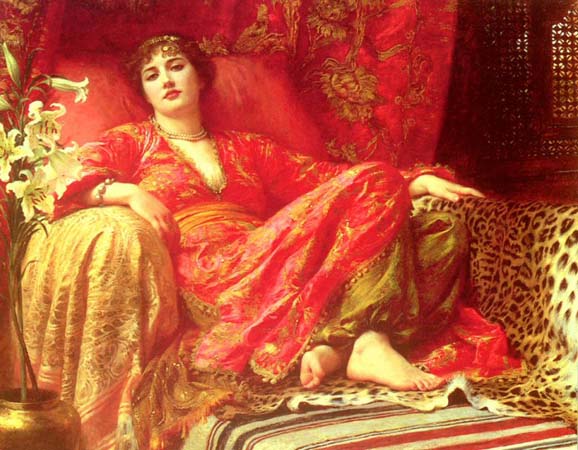

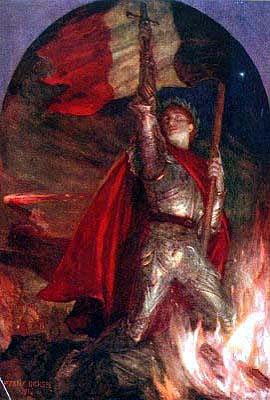
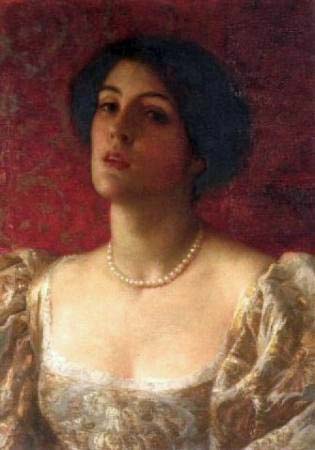
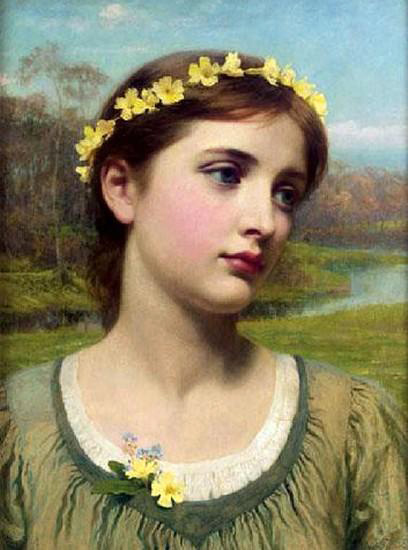
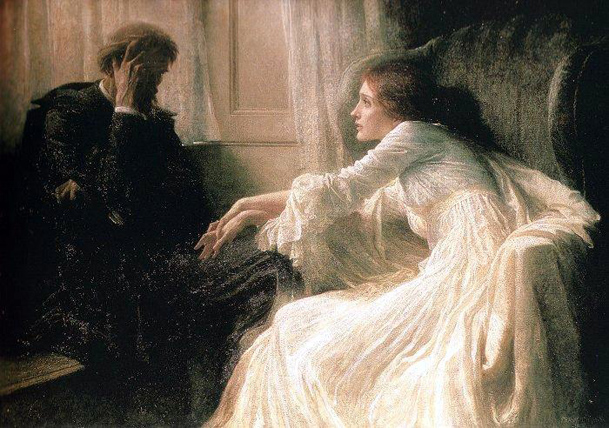

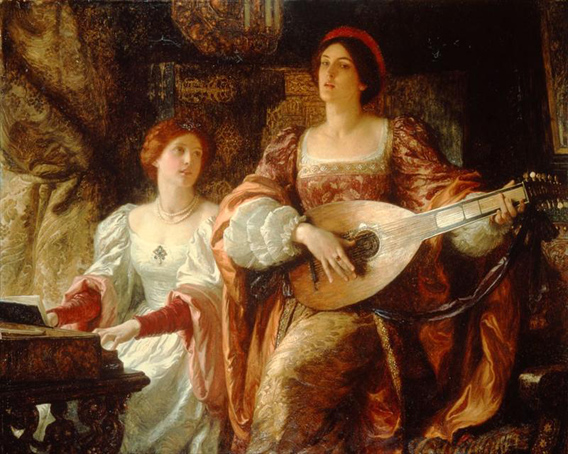
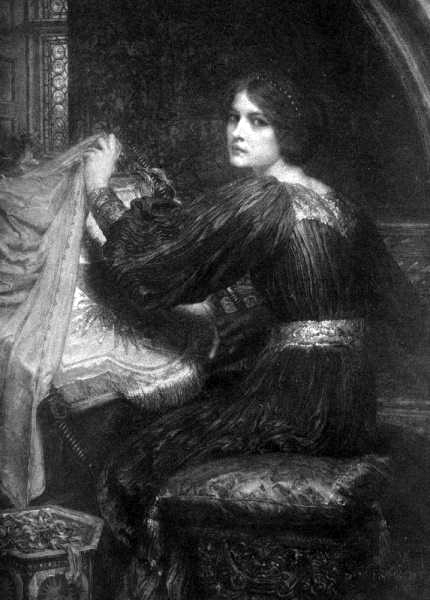
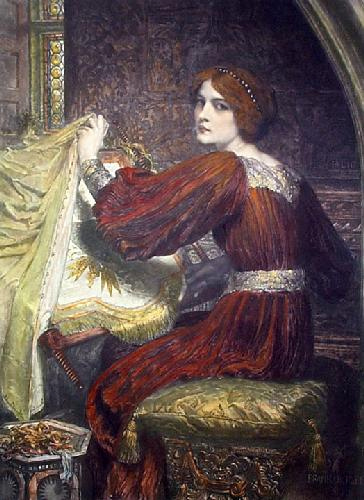
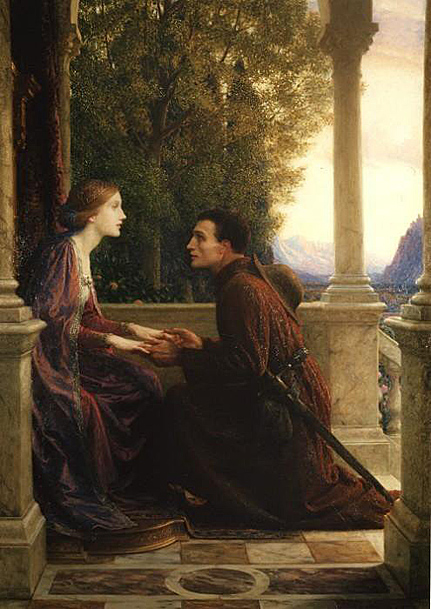
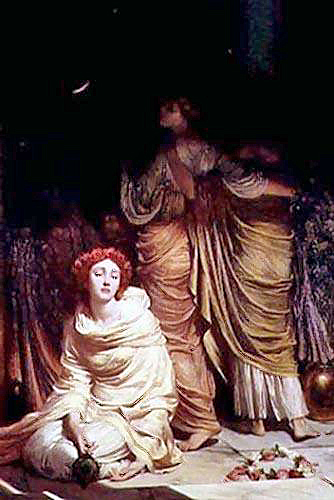
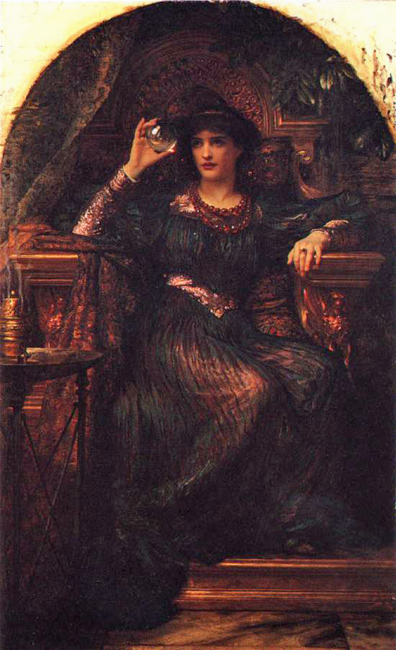
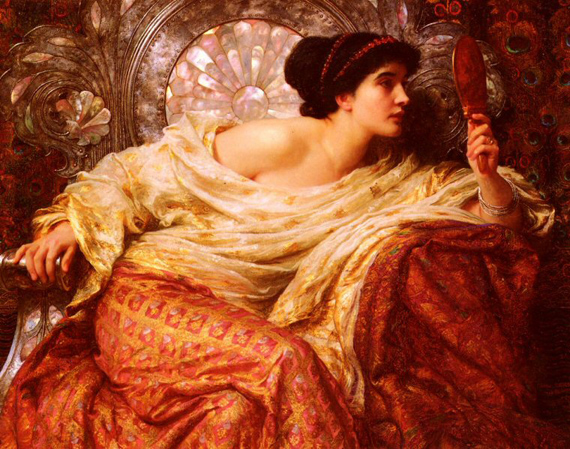
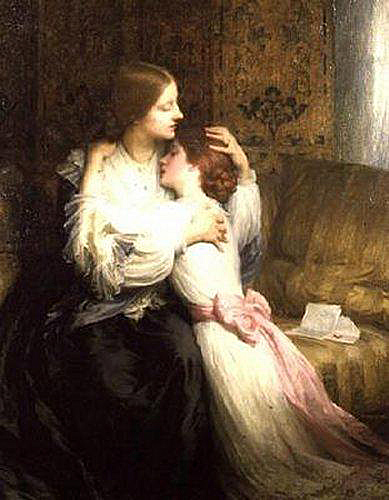
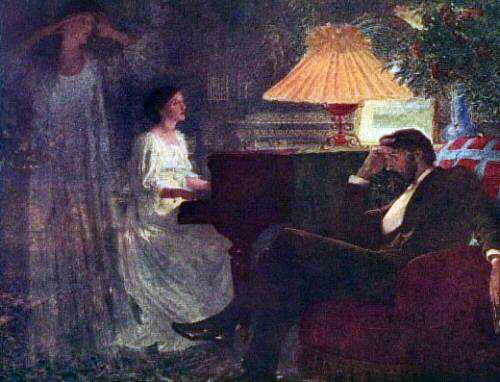
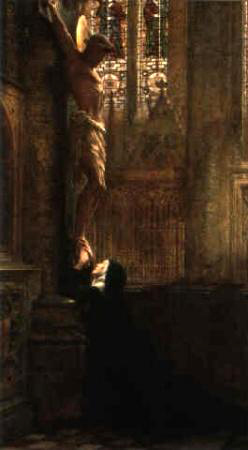

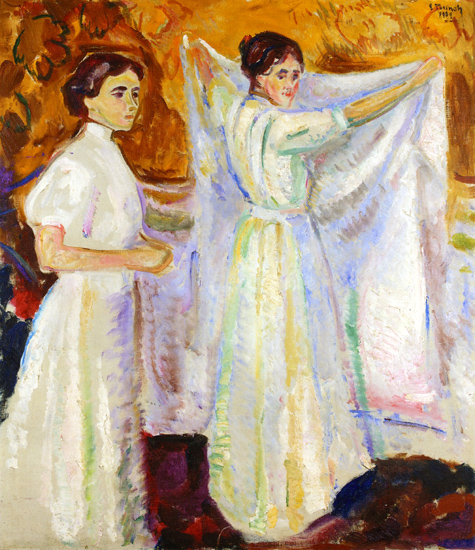
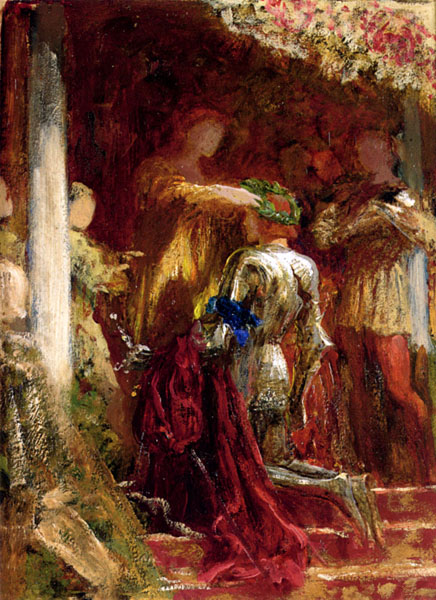
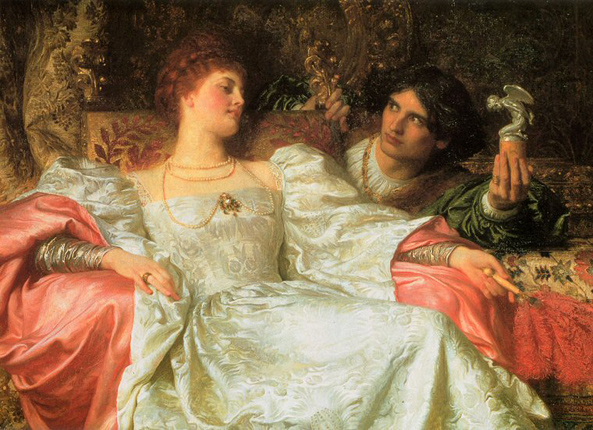
.jpg)
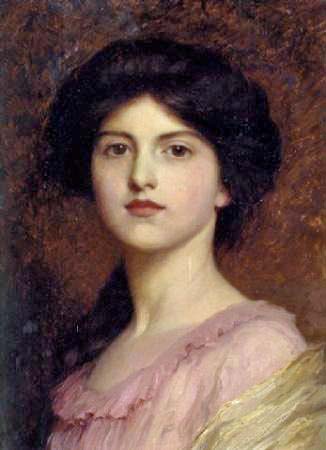
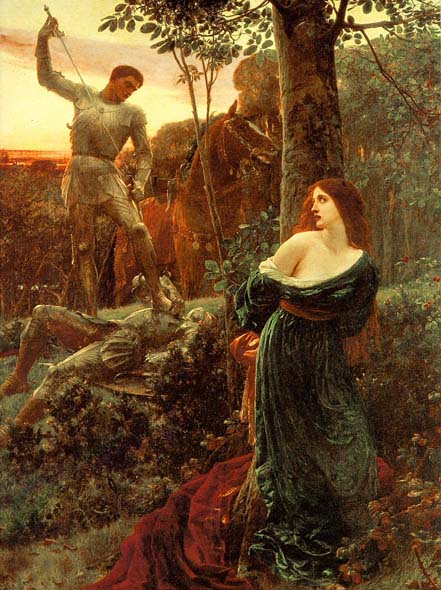


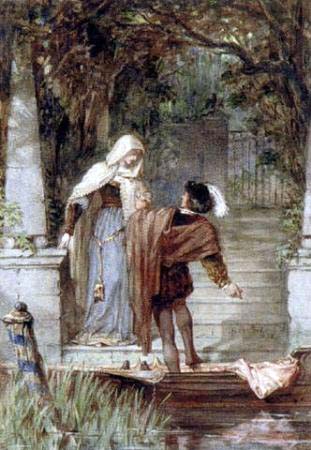
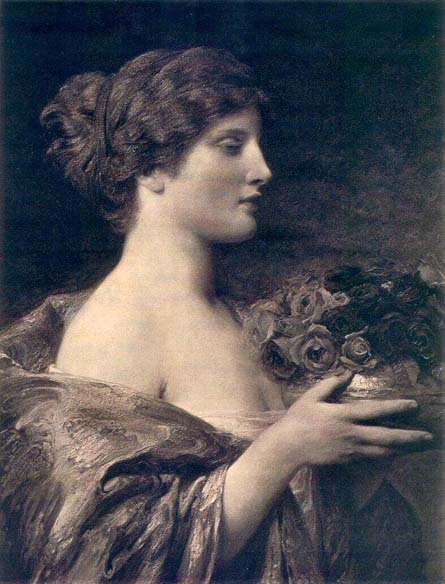
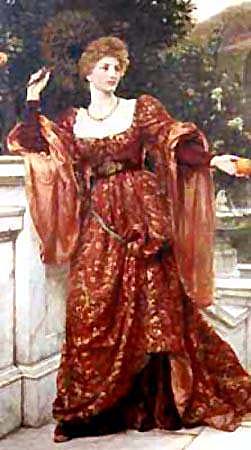
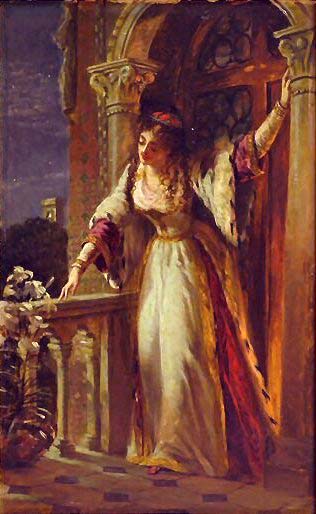
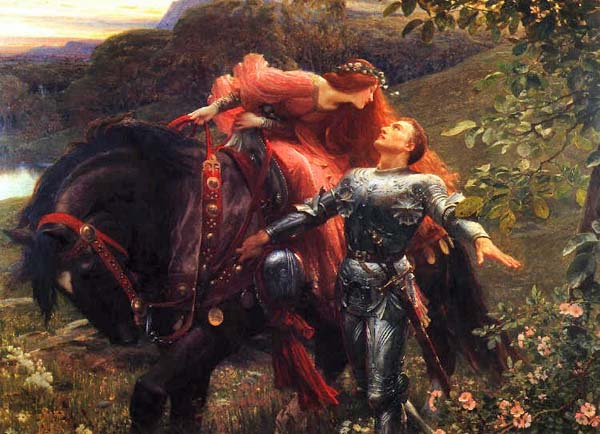


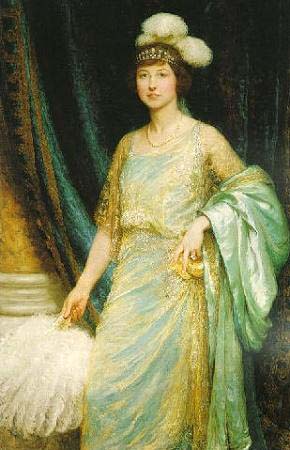

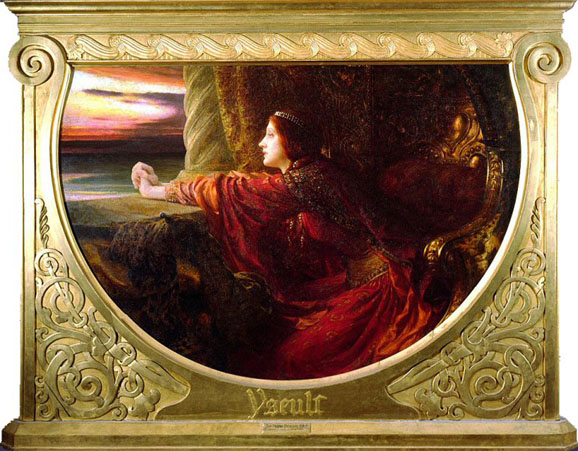
Source: Art Renewal Center
Source: Sir Francis Bernard Dicksee Online
Return to Pagina Artis
Return to Bruce and Bobbie's Main Page.